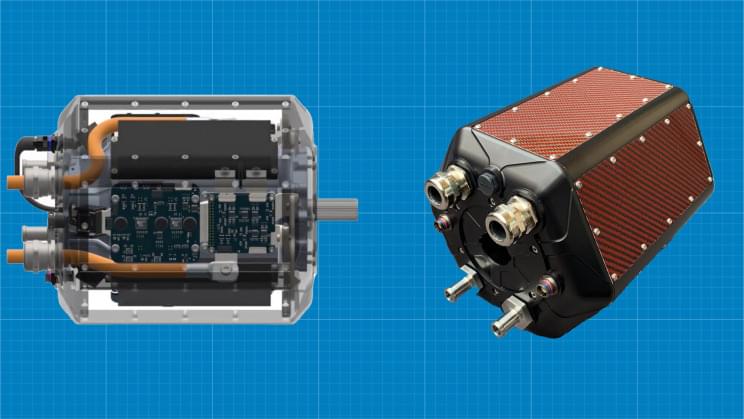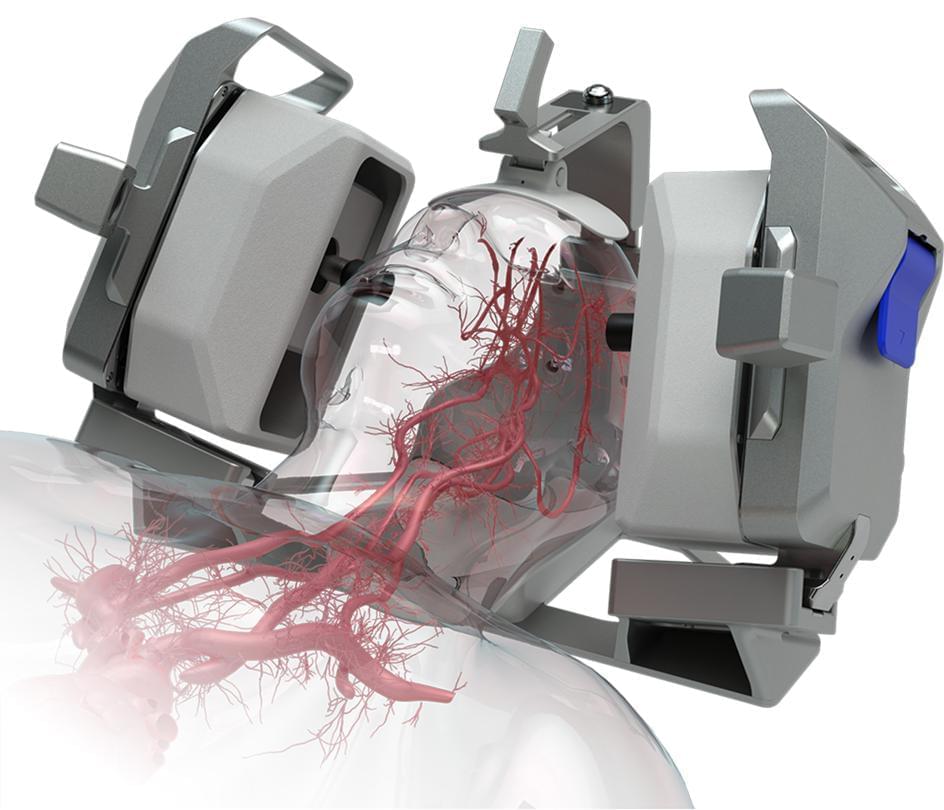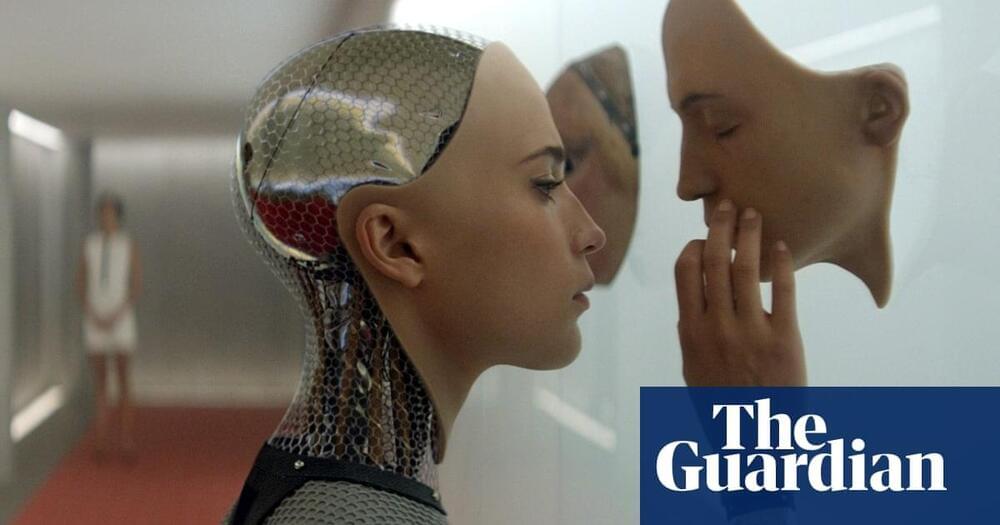Los Angeles-based NovaSignal Inc. recently launched the second version of their artificial intelligence (AI)-a guided robotic platform for assessing cerebral blood flow in order to guide real-time diagnosis. The platform uses ultrasound to autonomously capture blood flow data, which then gets sent to their HIPAA-compliant cloud system so that clinicians can access the exam data from anywhere on their personal devices.
Founded in 2,013 the company states they have raised over… See more.
Los Angeles based NovaSignal Inc. recently launched a second version of their artificial intelligence (AI)-guided robotic platform for assessing cerebral blood flow in order to guide real-time diagnosis. The platform uses ultrasound to autonomously capture blood flow data, which then gets sent to their HIPAA-compliant cloud system so that clinicians can access the exam data from anywhere on their personal devices.
Founded in 2,013 the company states they have raised over $25 million in federal research funding and hold 18 patents. They also have over 130 peer-reviewed citations to their work. NovaSignal’s products are FDA-cleared in the United States, CE-marked in Europe, and licensed in Canada.






